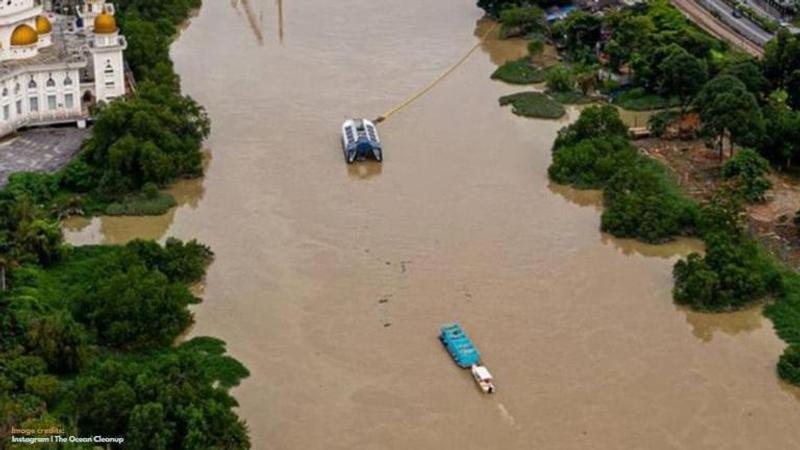Published 17:50 IST, March 2nd 2020
Solar powered boats are extracting 50,000 kilograms of waste from rivers; details here
The Ocean Cleanup is working on a project to clean up the rivers using solar powered boats by extracting upto 50,000 kilograms of waste from rivers. Get details

Plastic has created a major concern for life underwater. There have been numerous reports of plastic causing severe damage to life underwater and disturbing the marine habitat. And a surprising fact is that most of the plastic that flows through the sea actually originate in the rivers with an average of 2.4 million metric tons per year. To tackle the issue, an organization called The Ocean Cleanup has created a mechanism wherein a barge is used to collect the waste from rivers as it moves.
Also Read | Indian Ethical Hackers Earn ₹29 Crores In 2019, Represent 10% Of Total Hackers Worldwide
The Interceptor
The barge is known as an ‘Interceptor’. It is an autonomous vessel which the company uses to collect plastic from the rivers before depositing the waste materials into floating dumpsters. These Interceptors are solar-powered boats. The Ocean Cleanup had stated that the Interceptor has the ability to extract 50,000 kilograms of waste from rivers on an everyday basis, thus reducing river pollution.
Also Read | India Offers Cheapest 4G Data, Users Spend An Average Of 70 Mins On OTT Platforms: Report
How does an Interceptor work?
The Interceptors make use of floating barriers to catch the waste items while guiding them towards an opening. The company has installed these on the riverbed, but far from the regular routes that are taken by boats to pass through. The vessels come with a huge barrier that blocks and traps the plastic pieces that move around. They capture these wastes and store them in large containers before sending them for recycling and waste management. In case the interceptor misses out on some plastic waste, they have installed another interceptor slightly further in the opposite direction that manages to trap it.
Image credits: Instagram | The Ocean Cleanup
Updated 17:50 IST, March 2nd 2020



